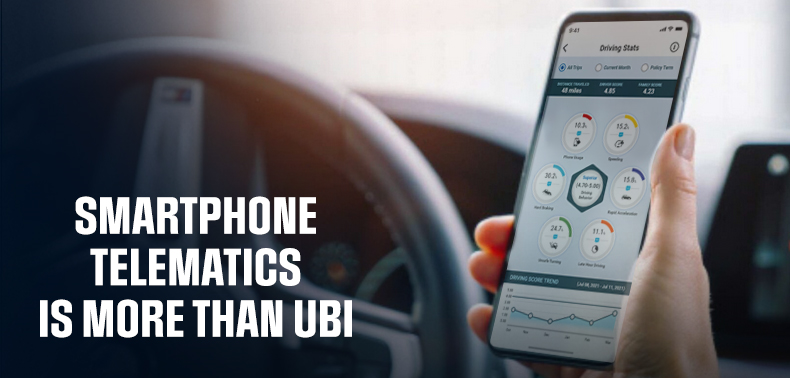Aaryan Rana (3)
I am an experienced digital marketing analyst with a passion for data-driven insights, optimizing campaigns, and driving business growth with 3years exp.

No one can deny that telematics derived driver behavior data is one of the best predictors of at-fault accidents. It is also true that driver behavior driven usage-based insurance (UBI) is helping safe drivers reduce their premiums. This is resulting in usage-based insurance spreading rapidly, with most of the top 50 auto insurers offering UBI products.
However, it takes a lot of preparation and ongoing resources to launch and manage UBI products. UBI impacts underwriting, distribution, operations, claims, marketing, and other areas of the business. As a result, many insurers feel that they do not currently have the resources to offer telematics or UBI. That is a big mistake. Smartphone telematics has uses far beyond UBI, and telematics benefits are affordable for insurers of all sizes and budgets. This article will describe two smartphone telematics use cases that would allow personal auto insurers with limited resources to reduce risk and claims
Opt-in Telematics for Driver Coaching
Many insureds don’t think about insurance, or how unsafe driving can increase their risks for at-fault accidents. Carriers who offer smartphone telematics as a free, opt-in safe driving analysis tool are showing their policyholders that they care about their safety. Research has shown that insureds who feel that their insurer is helping them avoid claims, not just manage them, are more loyal and less likely to shop for lower premiums. This approach works best when telematics is bundled with a policy services mobile app to drive adoption. Best of all, the carriers can use the detailed driver behavior analytics to understand the who, what, when, and why risk is occurring in their book-of-business, and to develop rating factors for future UBI products.
Telematics for Safe Driving Incentives
Fewer accidents are a powerful motivator for drivers to use smartphone telematics, but many insureds want other types of incentives to reward their safe driving. Insurers have found that gamifying safe driving and rewarding safe drivers is cost-effective, and does not require filed products. Examples include gift cards, coupons, sweepstakes, and other incentives. Smartphone telematics can be used to target the driving behaviors that are causing the greatest risks, like phone usage and speeding. Incentives can then be offered to drivers who reduce these high-risk behaviors. Many of these incentives can be delivered to policyholders via push notifications in the mobile app, removing the need for the physical delivery of incentives.
Limited resources are no longer an obstacle to implement Smartphone Telematics
Xemplar Auto 3.5 has been designed to meet the needs of all personal auto insurers, even those with limited time, money, and personnel. With low-cost turnkey options for POCs and start-ups, to fully customized telematics mobile apps with policy self-service features, or a build-your-own telematics SDK, Xemplar Auto 3.5 is the right choice. Insurers can choose the approach that best suits their needs without having to break the bank.
Article comments